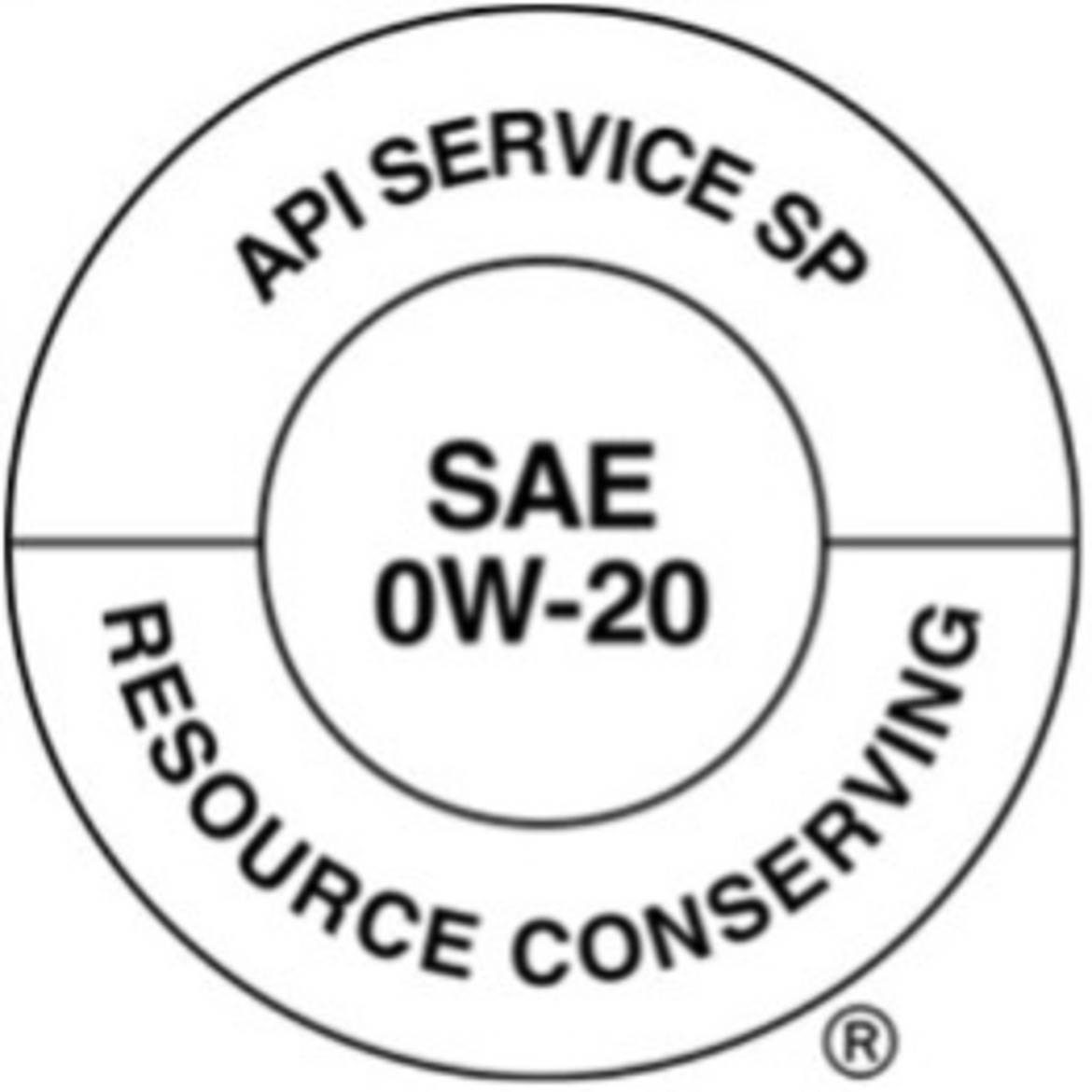The American Petroleum Institute (API) was formed in 1919 as a standards-setting organization and is the global leader to establish, maintain, and distribute standards for the oil and gas industry. In 1947 the API published the first engine and gear oil classification according to its application and operating features. This oil classification has been upgraded ever since. These upgrades are necessary to adapt engine and gear oils to increasing demands of engines. Challenges for oil specification are e.g. reduced fuel consumption (fuel economy) and lower exhaust emissions. But downsizing of engines according to fuel economy and emission regulations can cause „new motor failure”. The so-called LSPI (Low Speed Pre Ignition), a form of anomalous combustion, should be mentioned here. All of these increased demands on oils are taken into account in new specifications and verified by engine tests.
Since 1924, the American Petroleum Institute has been a cornerstone in establishing and maintaining standards for the worldwide oil and natural gas industry.
API differentiates between engine oils for gasoline engines (Service-category, specifications are prefixes with an “S” e.g. API SP) and diesel engines engines (Commercial-category, specifications are prefixed with an “C” e.g. CK-4). When choosing engine oil for your vehicle, it is helpful to look or ask for API-licensed oil. API has made it easy to find these oils: licensed oils display the API engine oil quality mark—the API Service Symbol "Donut". This mark is part of API's Engine Oil Licensing and Certification System (EOLCS), a voluntary licensing and certification program that authorizes engine oil marketers meeting API requirements to display the API quality marks.

The API "Donut" identifies oils that meet current API engine oil standards. It includes the SAE viscosity grade of the oil, API standards met by the oil, and other important performance parameters.
For gasoline engines, the latest engine oil service category includes the performance properties of each earlier category.
| Category | Status | Service |
|---|---|---|
| SP | Current | Introduced in May 2020, designed to provide protection against low-speed pre-ignition (LSPI), timing chain wear protection, improved high temperature deposit protection for pistons and turbochargers, and more stringent sludge and varnish control. API SP performance with improved fuel economy, emission control system protection and protection of engines operating on ethanol-containing fuels up to E85. |
| SN | Current | For 2020 and older automotive engines |
| SM | Current | For 2010 and older automotive engines |
| SL | Current | For 2004 and older automotive engines |
| SJ | Current | For 2001 and older automotive engines |
Source: www.api.org
| Category | Status | Service |
|---|---|---|
| CK-4 | Current | API Service Category CK-4 describes oils for use in high-speed four-stroke cycle diesel engines designed to meet 2017 model year on-highway and Tier 4 non-road exhaust emission standards as well as for previous model year diesel engines. These oils are especially effective at sustaining emission control system durability where particulate filters and other advanced aftertreatment systems are used. API CK-4 oils exceed the performance criteria of API CJ-4, CI-4 with CI-4 PLUS, CI-4, and CH-4 and can effectively lubricate engines calling for those API Service Categories. When using CK-4 oil with higher than 15 ppm sulfur fuel, consult the engine manufacturer for service interval recommendations. |
| CJ-4 | Current | For high-speed four-stroke cycle diesel engines designed to meet 2010 model year on-highway and Tier 4 non-road exhaust emission standards as well as for previous model year diesel engines. API CJ-4 oils exceed the performance criteria of API CI-4 with CI-4 PLUS, CI-4, CH-4, CG-4 and CF-4 and can effectively lubricate engines calling for those API Service Categories. When using CJ-4 oil with higher than 15 ppm sulfur fuel, consult the engine manufacturer for service interval. |
| CI-4 | Current | Introduced in 2002. For high-speed, four-stroke engines designed to meet 2004 exhaust emission standards implemented in 2002. CI-4 oils are formulated to sustain engine durability where exhaust gas recirculation (EGR) is used. Can be used in place of CD, CE, CF-4, CG-4, and CH-4 oils. |
| CH-4 | Current | Introduced in 1998. For high-speed, four-stroke engines designed to meet 1998 exhaust emission standards.Can be used in place of CD, CE, CF-4, and CG-4 oils. |
Source: www.api.org
Gear oils are classified by the API using GL (Gear Lubricant) ratings. This classification defines the corresponding basic requirements and application conditions and the type of gears most commonly used. Depending on the predominant load in the gearbox, a different composition of additives will be required. Currently there are only two API Specifications that are used. These are API GL-4 and API GL-5.
| GL-4 | Denotes lubricants intended for axles with spiral bevel gears operating under moderate to severe conditions of speed and load, or axles with hypoid gears operating under moderate conditions of speed and load. |
| GL-5 | Denotes lubricants intended for gears, particularly hypoid gears, in axles operating under various combinations of high-speed/shock load and low-speed/high-torque conditions. |
Source: www.api.org
For full details consult the API Motor Oil finder.